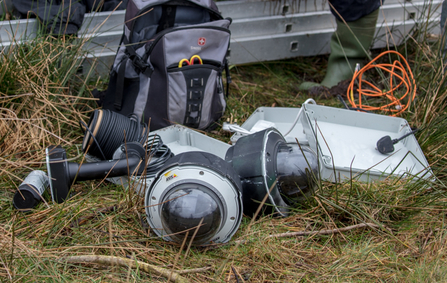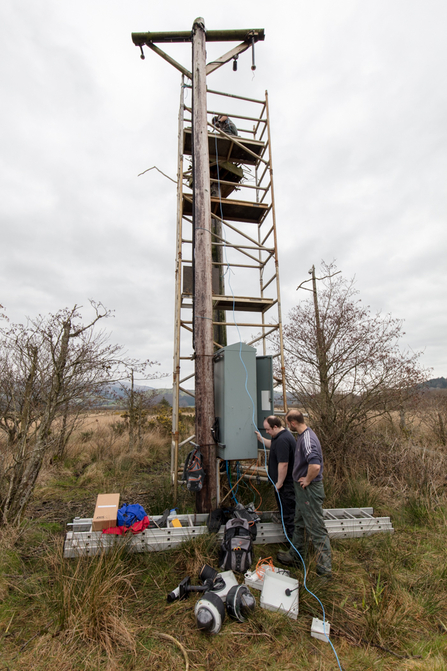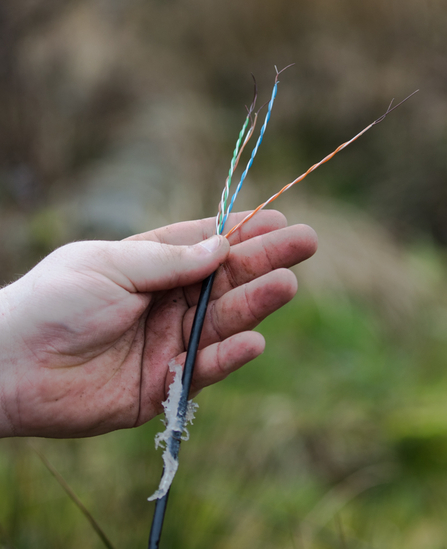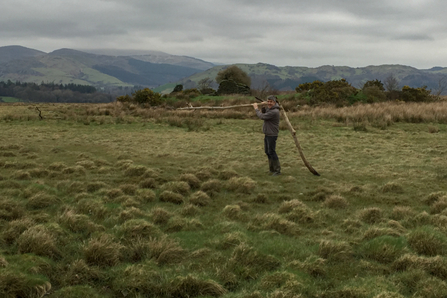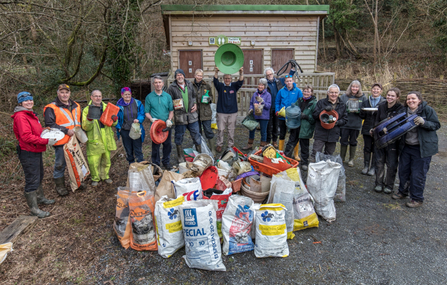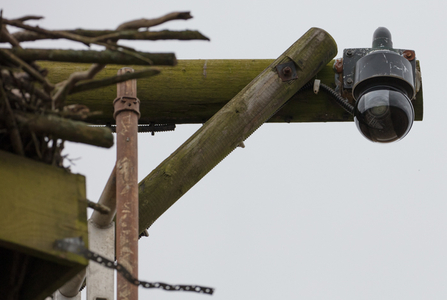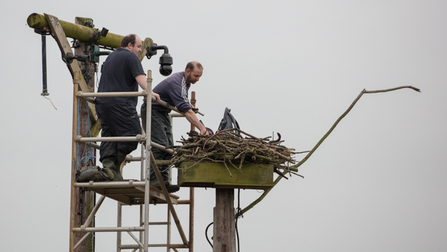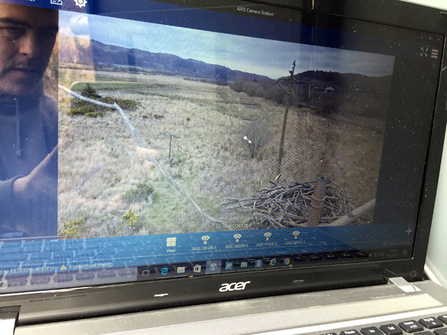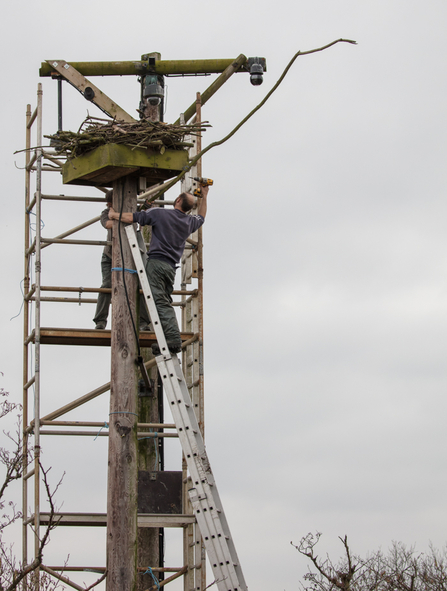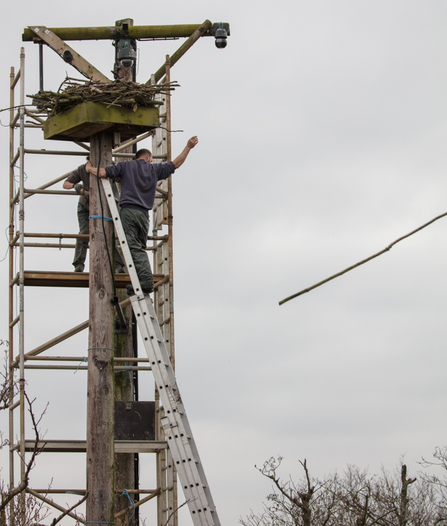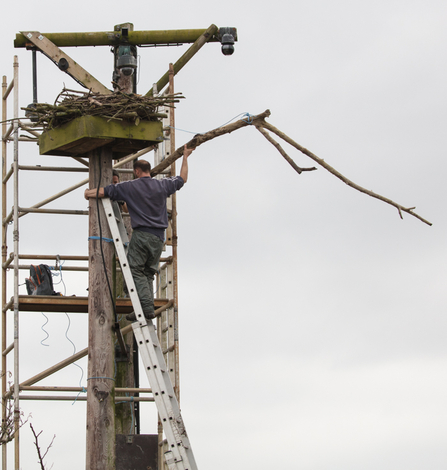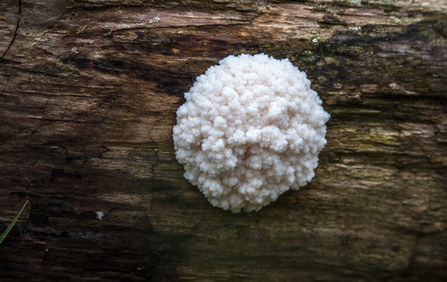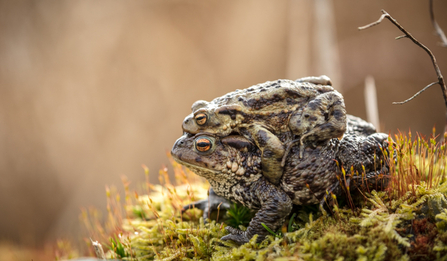On Saturday morning we started Part I of our 2017 nest camera installation.
Some bits were good, others not so good. Here is a brief rundown of the day:
09:00
Arrived at nest and tested Cam 3 which stopped working last Tuesday in the 80mph winds. It retained lens control and movement but was not sending any images so we took it down for further testing next week.
Cam 4 (same model as 3) was re-installed after we took it down last autumn for servicing and repair. It was transmitting upside-down images! This was the Live Streaming camera during the latter stages of 2016 - some of you may remember seeing Monty et al upside-down for a few hours!
Cameras 3 and 4

